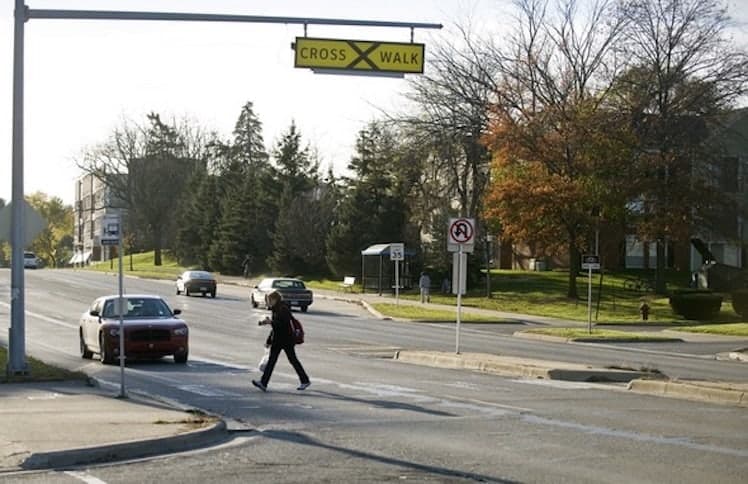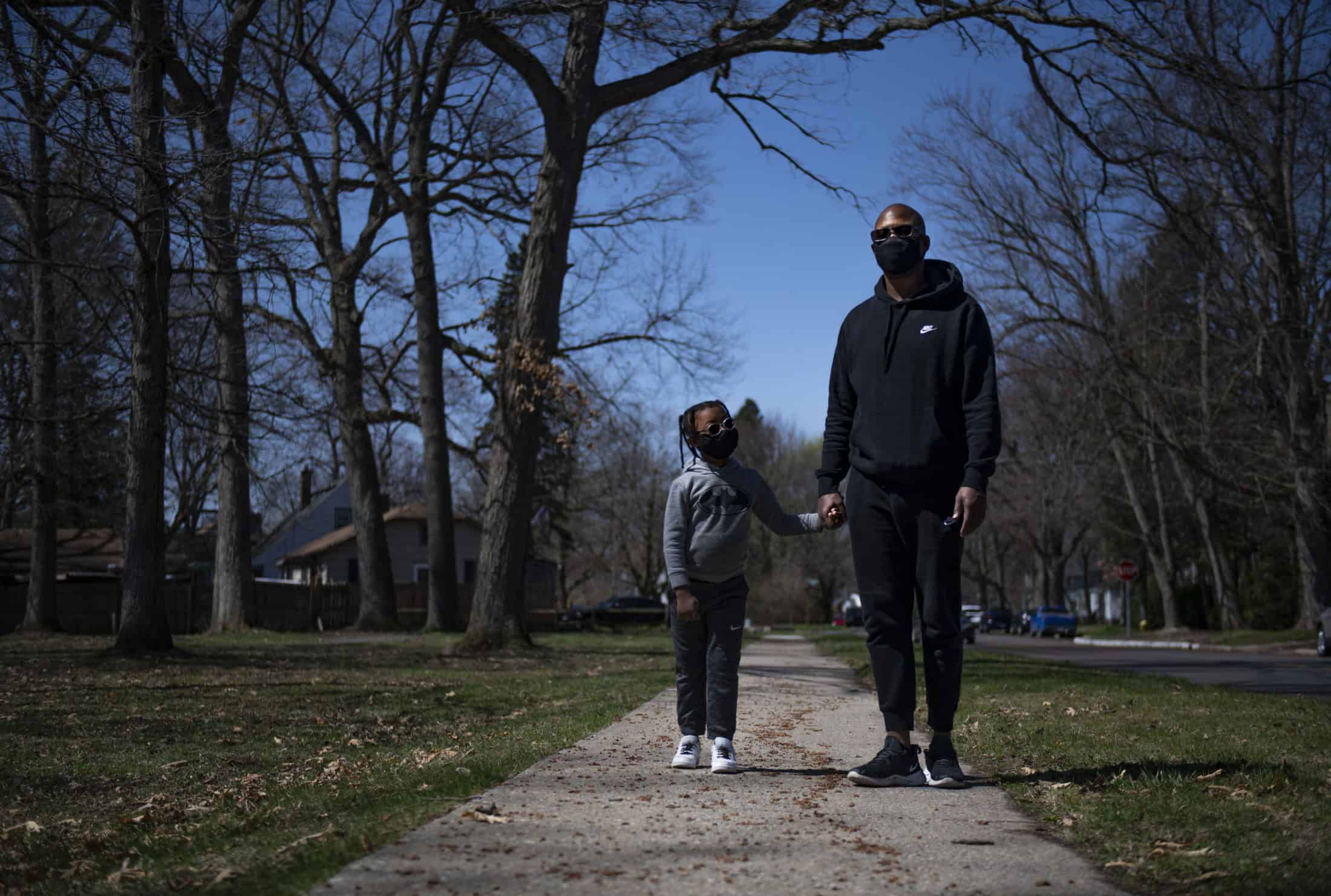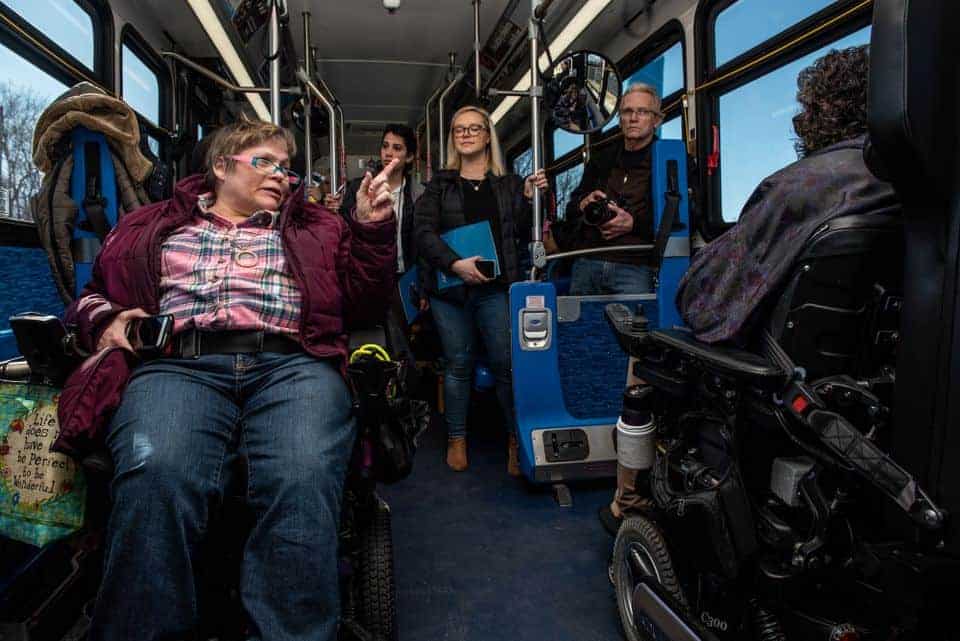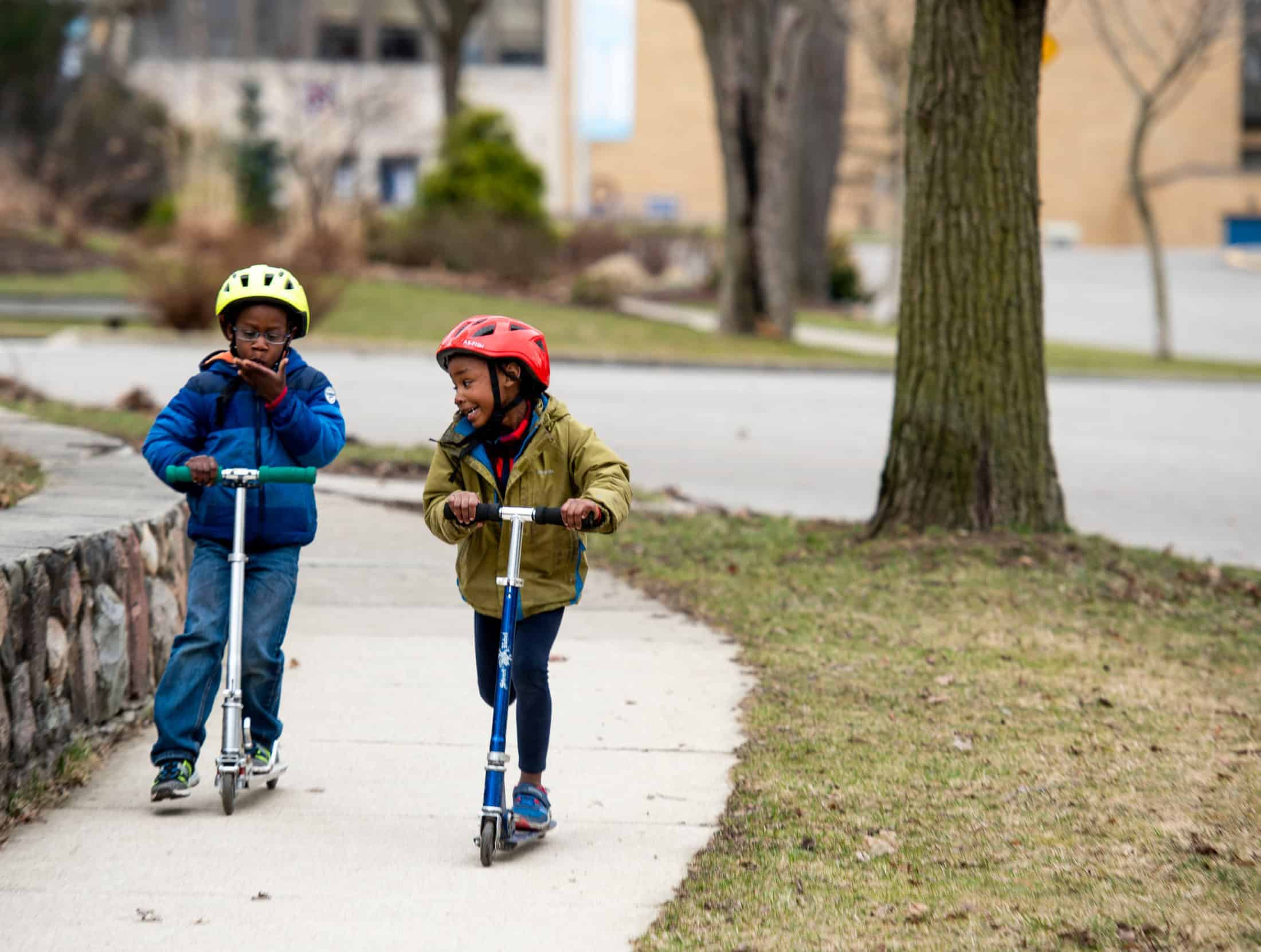Vulnerable Road Users and Occupants
93% percent of the worlds fatalities on the roads occur in low and middle-income countries. In high-income countries like the U.S., people from lower socioeconomic backgrounds are more likely to be involved in crashes. Social inequity in transportation systems has a disproportionate impact on historically underserved communities, rural communities and their residents.
Most interventions that serve these communities (schools, health, clinics, nutrition programs and social services) often depend on the individual needing transportation to access providers. And unfortunately, the cost of vehicle ownership is often out of reach for many. Vulnerable road users, such as pedestrians, motorcyclists and bicyclists are at a greater risk to experience the negative impacts of our current transportation system.
Selected Publications
- Feng F, Bao S, Hampshire RC, Delp M. (2018) Drivers overtaking bicyclists—An examination using naturalistic driving data. Accident Analysis & Prevention 115:98-109.
- Jiang K, Yang Z, Feng Z, Yu Z, Bao S, Huang Z, (2019) Mobile phone use while cycling: A study based on the theory of planned behavior. Transportation Research Part F: Psychology and Behaviour 64:388-400.
- Misra A and Watkins K. (2018) Modelling cyclist route choice using revealed preference data – an age and gender perspective. Transportation Research Record. DOI: 0.1177/0361198118798968
- Stanciu S, Eby DW, Molnar LJ, St. Louis RM, Zanier N, and Kostyniuk LP. (2018) Pedestrians/bicyclists and autonomous vehicles: How will they communicate? Transportation Research Record 2672(22):58–66.



